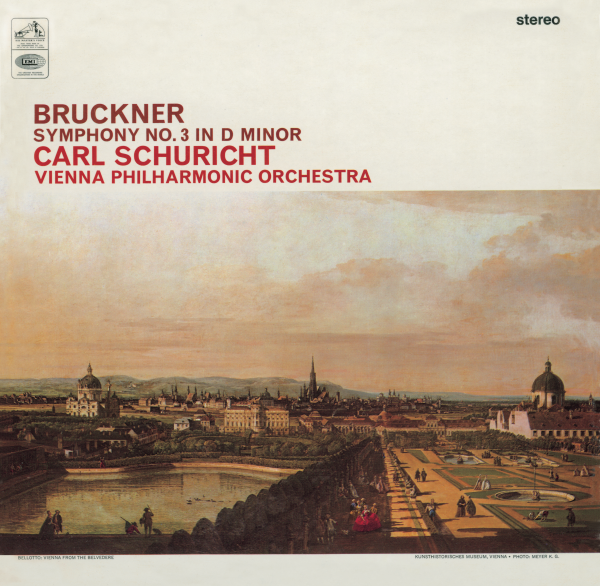Logowanie
Mikołaj - ten to ma gest!
Miles Davis, Horace Silver, Jay Jay Johnson, Percy Heath, Kenny Clarke, Lucky Thompson
Walkin'
20bit K2Super Coding - ale jak to brzmi!
Kasety magnetofonowe
Winylowy niezbędnik
ClearAudio
Double Matrix Professional - Sonic
najbardziej inteligentna i skuteczna pralka do płyt winylowych wszelkiego typu - całkowicie automatyczna
BRUCKNER, Carl Schuricht, Vienna Philharmonic
Symphonie Nr. 3 in d-moll (1889 Version)
The symphony, in spite of its overall grandeur, is by far the least successfully organized of the nine. It began in 1873-74 as an excessively loose structure, containing deliberate and literal quotations of motives from Wagner's music-dramas, and this original score was replaced by Bruckner's revision of 1878. But this revision still contained weaknesses?notably in the development sections of the first and last movements ?which were undeniably strengthened in the final revision of 1889. Unfortunately, even these improvements did not really get to the heart of the trouble; and this score contained new features which made matters far worse, and must be attributed to Schalk's interference. Two small but ludicrous ones are the sudden grandiloquent gesture at bar 159 in the first movement, which succeeds in completely destroying the long flowing momentum of the second group, and the student's-exercise modulatory link in bars 63-64 of the finale, which replaces one of Bruckner's most impressive pauses with a piece of utter banality and takes all the surprise out of his startling key-switch from D minor/G minor to F sharp major for the second subject. However, what makes the final revision totally unacceptable is the wholesale butchery of the recapitulation of the finale. The section is certainly ramshackle in the earlier version, but Schalk's idea of not bothering to restate the first subject at all, and of cutting ruthlessly to get to the coda as quickly as possible, merely makes it seem that Bruckner had given up all hope of bringing his symphony to any sort of satisfactory culmination. (Gramophone, November 1966,p. 47)






























